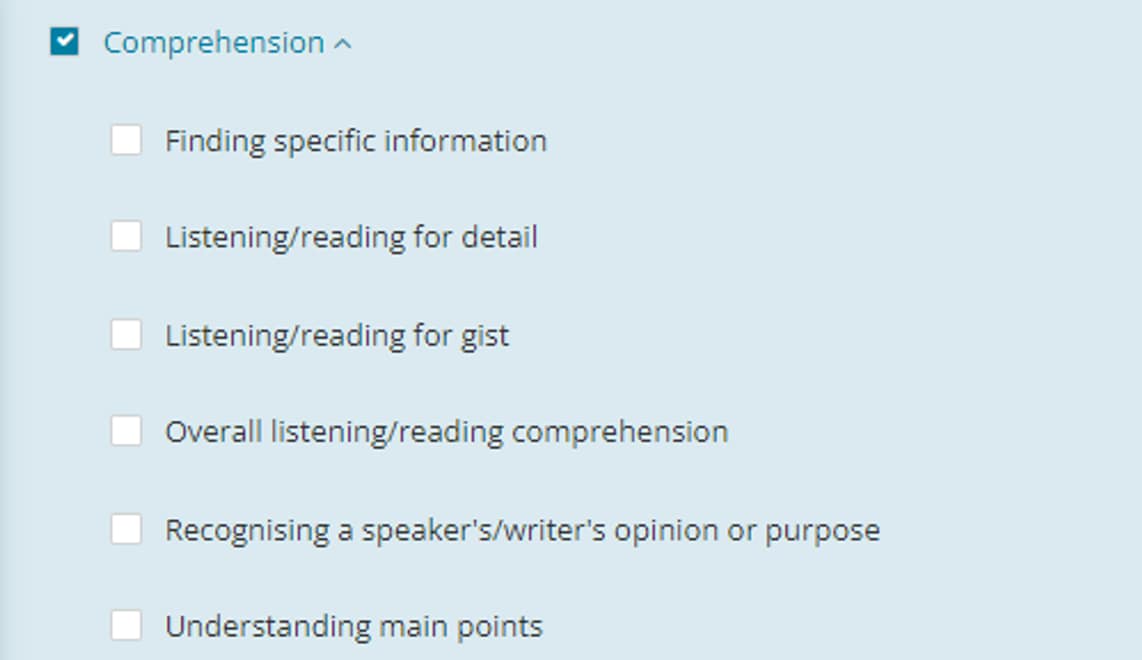In international education, admissions are just the beginning. While securing a place at a university is a massive milestone for a student, measuring success continues for them from the moment they arrive on campus. Institutions know that academic performance, engagement and retention are shaped long before the first lecture begins, and one of those critical factors is English language proficiency.
Students who begin their studies with the right level of English are better equipped to participate fully in academic life. They understand course material, contribute to discussions and complete assignments with confidence. This foundation does not support individual achievement; it also strengthens the entire learning environment.
That is why reliable proficiency testing is more than an admissions tool. It is a strategic investment in student success.
The link between proficiency and performance
Universities have long understood the connection between language readiness and academic outcomes. When students are placed correctly, they are more likely to thrive. Misplacement, on the other hand, can lead to frustration, disengagement and even dropout.
Reliable testing helps institutions avoid such pitfalls. It ensures that students are matched to the right level of study, reducing the need for remedial support and improving retention rates. For universities, this translates into stronger performance metrics and a cohesive student experience overall.
Pearson English Express Test: A foundation for success
The Pearson English Express Test is designed to support this journey before day one. With fast, secure and trusted results, it gives both students and institutions the clarity they need to move forward with confidence.
It delivers certified scores within 48 hours, allowing universities to make timely decisions and students to begin their academic journey without delay. It is AI-powered scoring and alignment with CEFR and GSE frameworks ensures accuracy, while remote proctoring and identity verfication protect the integrity of the results.
This combination of speed, precision and security makes the Pearson English Express Test more than just a test but a strategic tool for long-term success
Institutional value that goes beyond admissions
For universities, adopting the Pearson English Express Test is not just about streamlining admissions; it is about strengthening the entire student lifecycle. By ensuring that potential students are linguistically prepared, institutions can reduce academic risk, improve retention and enhance their reputation for supporting international learners.
The Pearson English Express Test helps universities to demonstrate a commitment to quality and care. It shows that they are not just admitting students, they are setting them up for success.
A smarter start for international students
In a competitive global education market, institutions need solutions that go beyond the basics. The Pearson English Express Test offers a smarter, more strategically driven approach to language assessment. One that not only supports them getting into university, but also from application to graduation.
By choosing the Pearson English Express Test, universities are investing in outcomes that matter: academic success, student satisfaction and long-term institutional positive impact.






